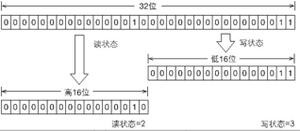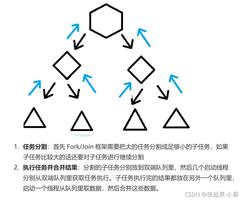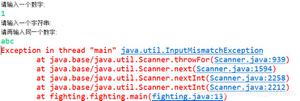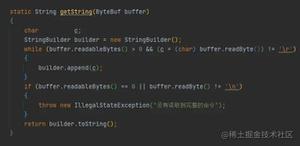浅析Java多线程同步synchronized
单线程是安全的,因为线程只有一个,不存在多个线程抢夺同一个资源
代码例子:
public class SingleThread {
int num=10;
public void add(){
while(num<13){
num++;
try{
Thread.sleep(1000);
}
catch(Exception e){
System.out.println("中断");
}
System.out.println(num);
}
}
public static void main(String[] args){
Thread thread = Thread.currentThread(); //获取当前运行的线程对象
thread.setName("单线程"); //线程重命名
System.out.println(thread.getName()+"正在运行");
SingleThread st=new SingleThread();
st.add();
}
}
多线程安全,synchronized同步代码块
synchronized(对象){}; //同步代码块
synchronized 返回值 方法名(){}; //同步方法
class One {
int num=10;
public void add(){
synchronized(this){ //同步代码块,同步方法也可以实现效果synchronized void add(){};
num++;
try {
Thread.sleep(1000);
} catch (InterruptedException e) {
System.out.println("中断");
}
System.out.println(num);
}
}
}
class Two implements Runnable{
One one = new One();
@Override
public void run() {
one.add(); //调用add方法
}
}
public class Synch{
public static void main(String[] args) {
Two two = new Two();
Thread t1 = new Thread(two); //创建三个子线程
Thread t2 = new Thread(two);
Thread t3 = new Thread(two);
t1.start();
t2.start();
t3.start();
}
}
注意:观察去除synchronized关键字的运行结果区别!
正常运行结果:
11
12
13
以上是 浅析Java多线程同步synchronized 的全部内容, 来源链接: utcz.com/z/313364.html








